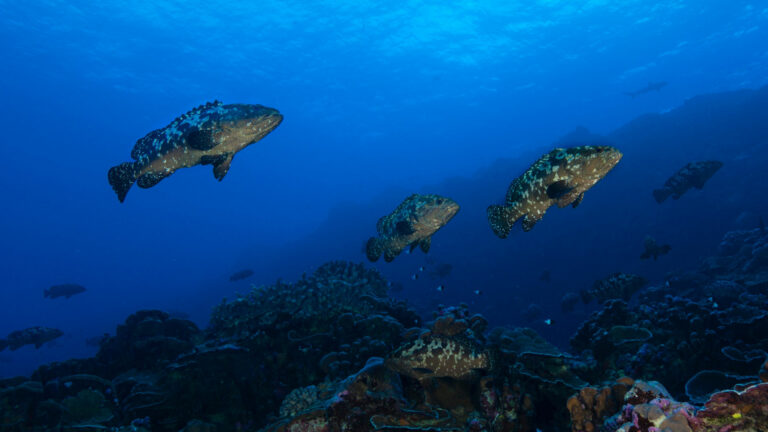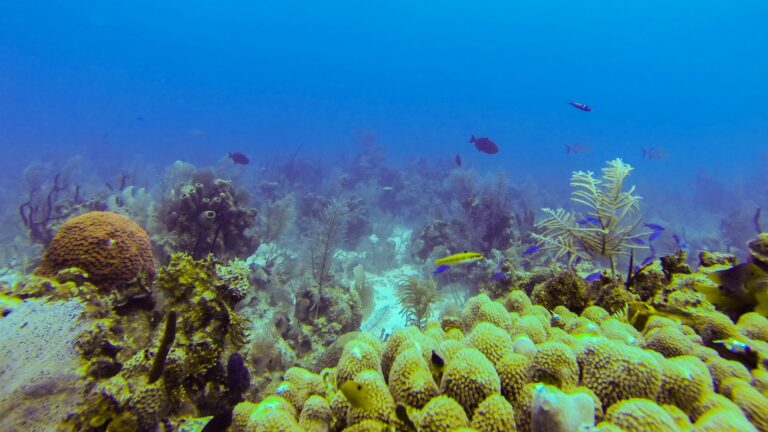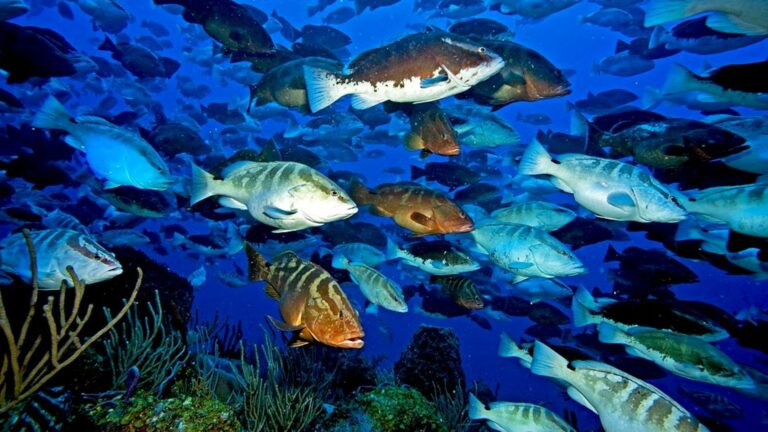A remarkable natural phenomenon, critical to conservation.
Life begins at Turneffe Atoll
Turneffe Atoll abounds with marine life. For many species of fish, it’s not just their home, but the place where their lives begin. Turneffe plays host to five major spawning aggregation sites – protecting these sites will ensure the long-term viability of these fish species and at the same time help replenish commercially important fish stocks.
When you dive Turneffe Atoll in Belize, with some luck, you can witness the unique natural phenomenon of fish spawning aggregations.
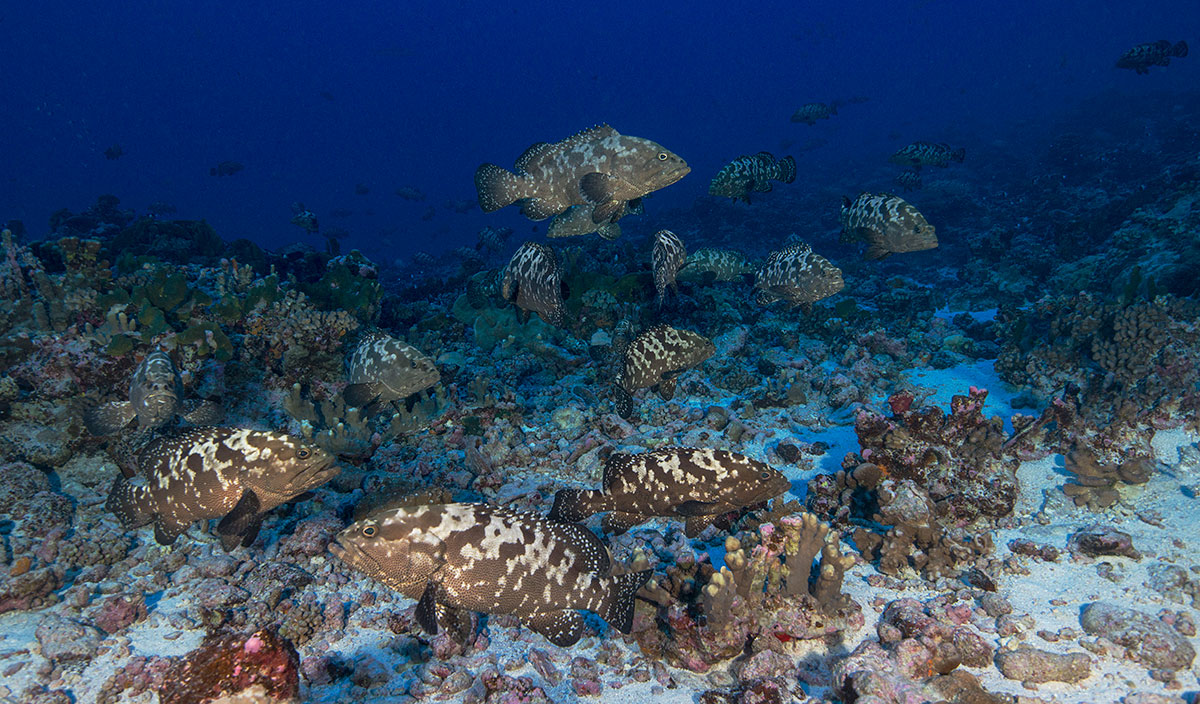
What is a spawning aggregation?
A spawning aggregation is a temporary coming together of large numbers of fish of the same species for the sole purpose of breeding. The urge to reproduce is so strong that a spawning aggregation can include up to 95% of the members of a species present in a particular area.
Spawning aggregation is a breeding strategy used by many different fish species, including some of the most iconic, important and threatened species found at Turneffe Atoll.
Why, when & where do fish spawning aggregations occur?
Some aspects of spawning aggregation remain a mystery to researchers, but it is believed that their occurrence is linked to the phases of the moon. This, and the fact that fish often return to the same sites year after year, means that spawning aggregations at Turneffe Atoll can be predicted with reasonable accuracy.
This reproductive strategy increases the chance of fish finding suitable mates, of their larvae surviving, and of the larvae themselves being distributed by ocean currents.
Aggregations typically begin at the edge of reefs or ocean shelves, where rising water columns provide the ideal conditions for the release of sperm and eggs. The layout of Turneffe makes it particularly suitable for this type of spawning, which helps to explain why this atoll has so many significant sites.
These include Maugre Cay, Caye Bokel and Dog Flea Cay. While Turneffe Atoll is now a Marine Protected Area (MPA), its spawning aggregation sites remain at risk from overfishing. To counter this threat, the Belize Spawning Aggregation Working Group (which includes the Turneffe Atoll Sustainability Association – TASA) has helped to implement a network of 13 fully protected spawning sites along the coast of Belize, a 4-month closed season (December through March) and minimum and maximum fish size limits.
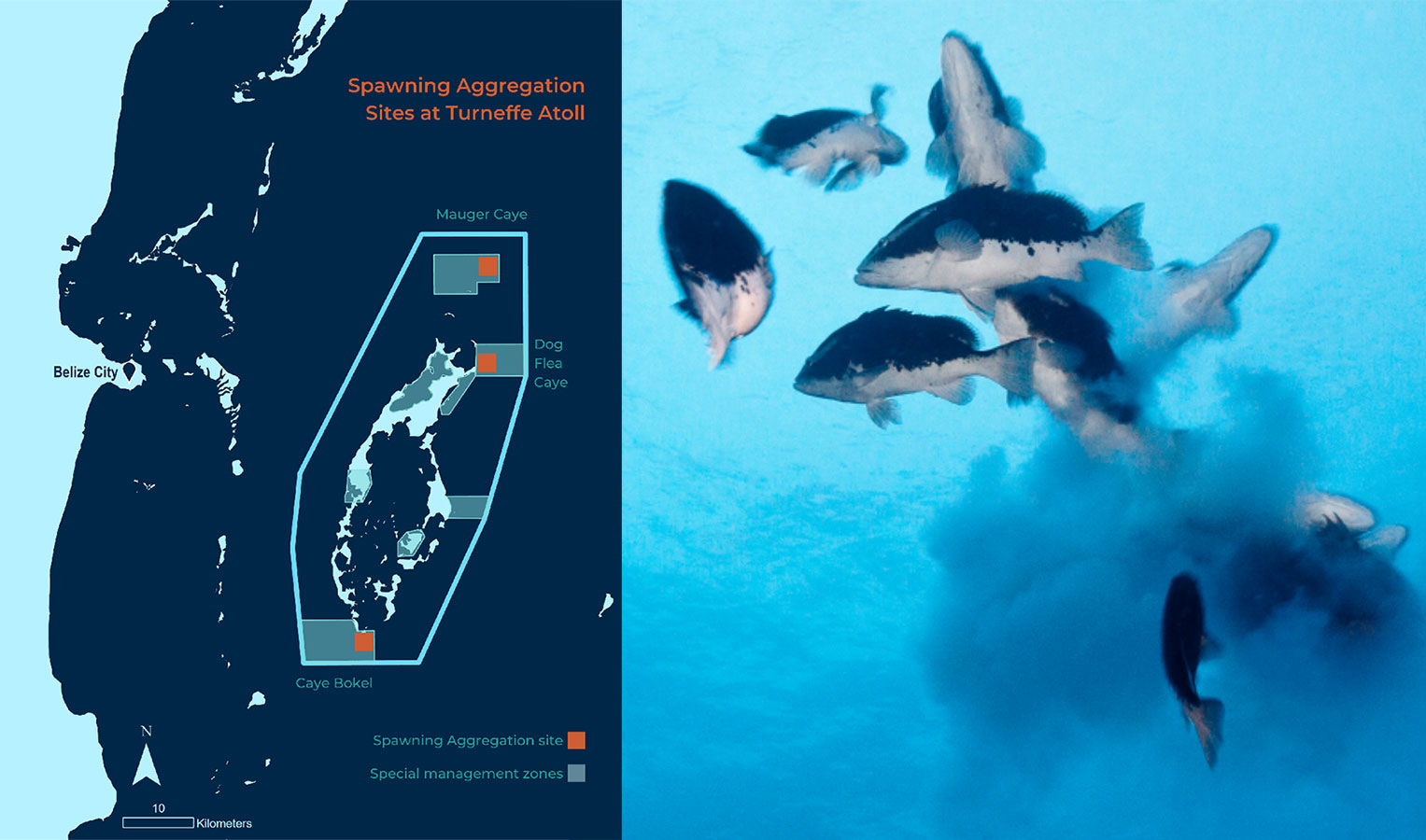
Which fish species take part?
Spawning aggregation is used by many different species, including the Nassau grouper which is closely identified with Turneffe. Other species which can be seen at spawning aggregation sites include snappers, jacks, Spanish mackerel, Bermuda chub, black durgon, permit, ocean triggerfish, Creole wrasse, ocean triggerfish, black margate and rainbow runners.
Why we must protect spawning aggregation sites
Seeing so many fish of the same species gathered together can make for a memorable encounter whilst scuba diving or snorkelling. These accumulations of fish are also a measure of the health of the ecosystem, and of course, they are vital to the survival of each fish species.
In addition, species such as the Nassau grouper tend to be solitary in everyday life, so seeing them en masse is even more special.
Large aggregations of commercially important fish are of course a tempting target for fishermen, which can lead to overfishing and even the abandonment of traditional spawning aggregation sites. Spawning fish include long-lived species that reach sexual maturity at a relatively mature age, making them particularly vulnerable to any disruption.
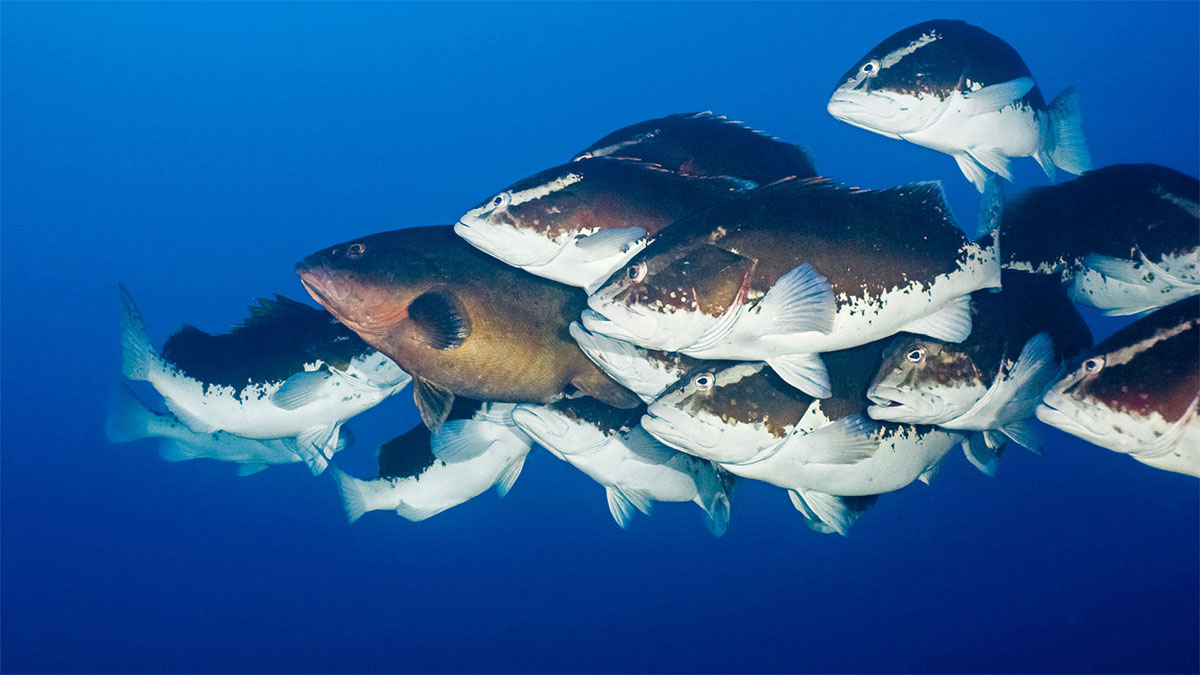
Spawning aggregations and humans
Spawning aggregations can support fisheries on a global basis, as long as these are managed sustainably. Sustainable fisheries make a major contribution to food security on a global basis.
However, spawning aggregation sites are particularly vulnerable to overfishing. The periodic appearance of large numbers of fish of the same appearance can create an ‘illusion of plenty’. This can give rise to the temptation to catch more fish than they otherwise would.
Concentrating on spawning aggregations can have a disproportionate effect on fish populations. Some species that use spawning aggregations are otherwise wide-ranging, so overfishing in one area can have a ripple effect in other marine ecosystems.
The story of the Nassau grouper illustrates this point all too well. The Nassau grouper was once the second most commonly caught fish in Belize, but over the past 25 years, a third of grouper spawning aggregation sites have disappeared as a result of overfishing. Populations are estimated to have declined by some 80% across the entire Caribbean.
At Turneffe Atoll, concern for the Nassau grouper – a species which forms ‘few, brief and large’ spawning aggregations – has been translated into action by TASA, working in collaboration with the Belize Spawning Aggregation Working Group.
Turneffe now features fish replenishment zones, known as conservation and special management zones. TASA activities aimed at protecting spawning aggregation sites include prioritising and aligning surveillance and enforcement, synchronising size limit regulations, and homogenising closed seasons for key species – all based on the best available science.
This not only helps protect vulnerable species, but also makes Turneffe Atoll even more attractive as a tourism destination.

